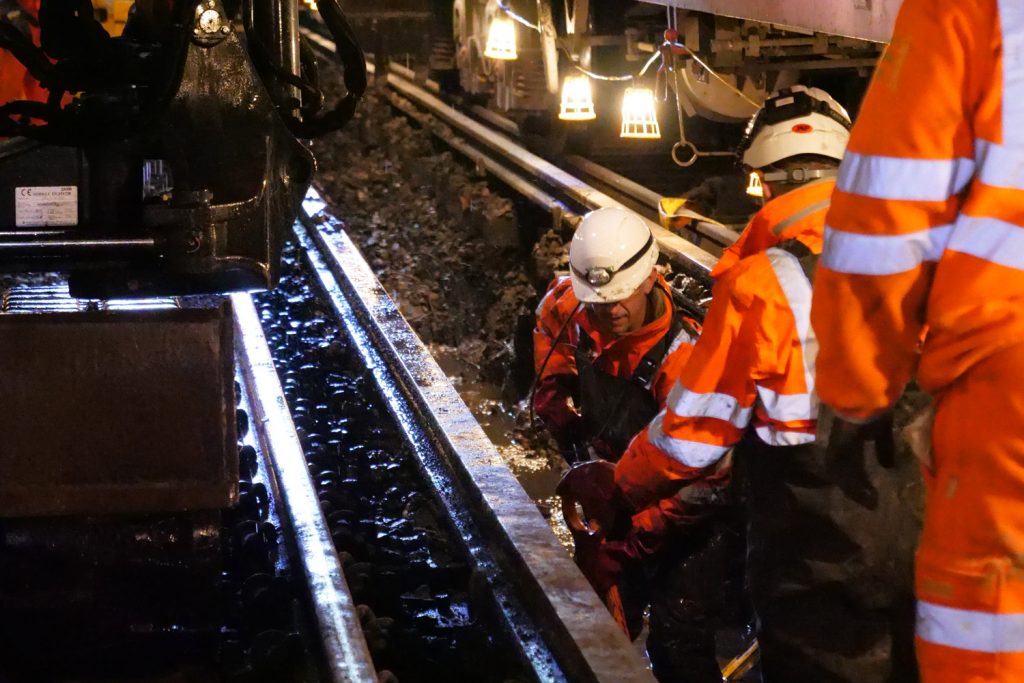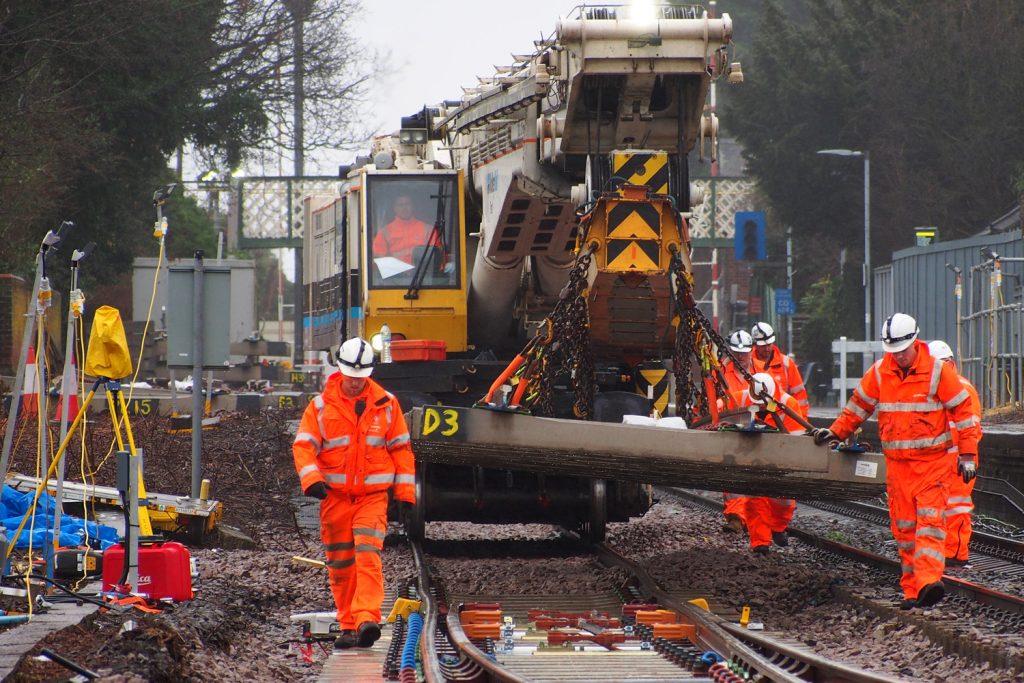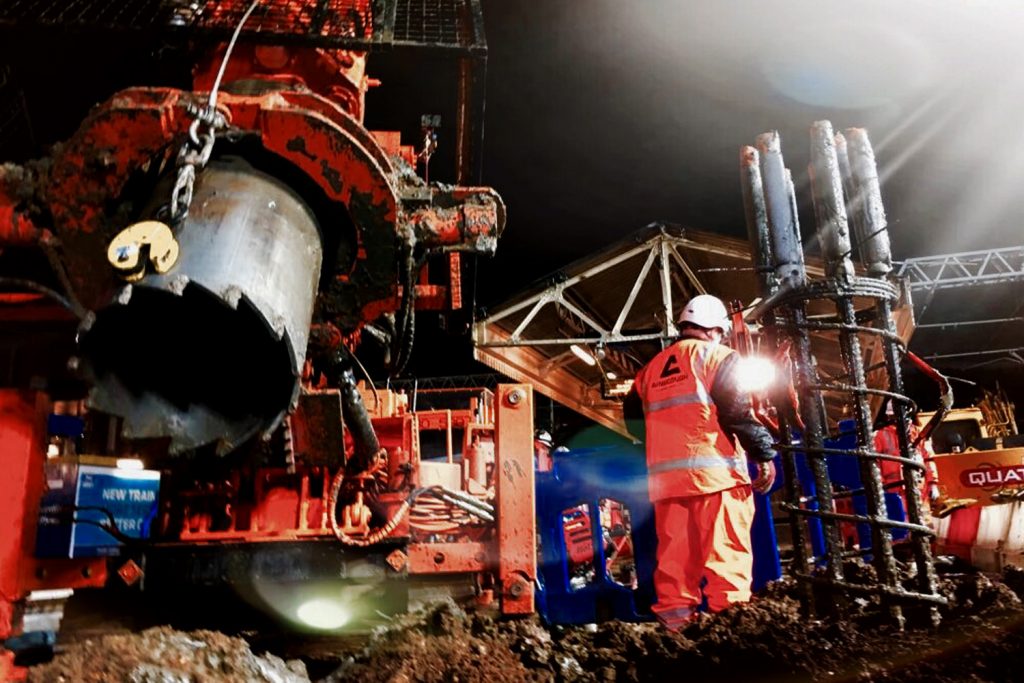Working on the rails is a risky business. Risk is a funny thing though. It must be taken in context, and fully understood, in order to make a judgement on how properly to insure a situation. If you said to a postman: “Would you be happy going about your day with a stock of explosives in your bag?” the answer would likely be a resounding “No!”
However, for many rail workers, stocking up with detonators before a shift is par for the course, and no more unusual than having a digestive with their tea.
“When planning an insurance programme for a rail client, understanding the risks involved, and steps taken to manage those risks day-to-day is essential. Being able to communicate it up-chain to an underwriter who doesn’t have an in-depth understanding of these things is key to making sure that the cover is right and the premiums are competitive,” explained Keven Parker, director of Jobson James Rail, specialist rail insurance brokers.
With over 240 rail clients – including trackside contractors, labour suppliers, plant hire, rolling stock, civils and signalling – the team at Jobson James has a wide view of the market, and a clear understanding of the ins and outs of railway insurance. “As insurance brokers specialising in the rail sector, if there’s two things we understand, it’s risk and railways,” added Parker with a smile.
But how complex, exactly, is buying insurance? Isn’t it just a case of negotiating the premium?
Collaboration and contractual liability
Nowhere is a knowledge of how the rail sector works more important than when it comes to understanding the allocation of liabilities. In most industries, it is very clear to see where responsibility lies when it comes to processing an insurance claim. If an employee in an office tripped and fell due to, for example, a photocopier cable trailing across the walkway, then it would be a clear case of a claim against the owners of the business on their employer’s liability insurance.
However, in the rail sector, things aren’t so clear cut. Although it’s an industry built on collaboration, there will be incidents where more than one organisation crosses paths, and there will be disagreement over who is liable and who must pay. These contract conditions can muddy the waters and interfere with the way a court looks at an accident and decides where liability lies.

“We are experts in labour supply contracts and we know how courts will look at the circumstances of serious injury claims,” Keven Parker explained. “Often, the labour agency may find themselves liable and their insurance may not have been on the correct basis and all contractual terms that they signed correctly disclosed to the insurers. Where the costs of serious injury claims can run into millions, the stakes are very high to make sure we get the cover right.”
“Despite the labour agency having no direct control over risk management, health and safety procedures and planning, supervision or direction on the site, as they are, in effect, the employer, they can get dragged into the claim, with lawyers poring over contractual details.
“Busy worksites, staffed by multiple teams supplied by different agencies, are not uncommon and this complicates the situation even further.”
Men, women and machines
Labour agencies and principle contractors aren’t the only collaborative relationship within the industry to tussle over insurances. With a typical value of over £250,000 per machine, it is no surprise that insurance is an important consideration in the RRV (road-rail vehicle) world. However, insuring a piece of on-track-plant isn’t quite as simple as renewing your annual cover for the family saloon.
“We also have detailed knowledge of RRV hire terms and we have developed our insurance products to be bespoke to the needs of the RRV owner and operator, so that much wider policy cover is provided (versus general construction plant) to recognise the unique nuances of the RRV industry,” Keven clarified.
But what of the individuals in this story? Much of the orange army is made up of self-employed individuals, with many of them being incorporated as their own limited company, so insurance is a consideration here too.
“We have to be experts in all of these things,” Keven stated, “and, working closely with the client to build up a detailed picture of their contractual liability up and down the contractual chain, we can then present the client to our insurers to elicit the best price and widest cover.
“Over the years, our rail clients initially came to us to get a lower price, but, over time, they stayed with us because they get a year of advice rather than an insurance traction. If they get into trouble with a site injury, then our in-house qualified barrister is on hand to give the right advice on the court process and investigation.”

A cautionary tale
One licenced train operator had an accident with a Network Rail MPV (multi-purpose vehicle) that it was operating. Unfortunately, on one occasion, the MPV had an accident and caused damage to some rail infrastructure. The operator’s policy paid for the damage to the infrastructure, but not the damage to MPV. Their broker hadn’t understood how the exclusions would be interpreted in a rail environment. There was damage to the MPV of about £200,000, which the company had to pay itself.
Premiums and exclusions
With so many elements to consider, managing insurance in the rail sector properly is a complex task. However, many railway companies still engage with general brokers, who do not have any rail contractual knowledge. Often it may be a long-standing personal relationship with a broker that looks after their home, family, car etc insurance policies.

“At Jobson James, we are rail specialists, so we fully understand the risks involved in the sector,” Keven explained. “Where we begin a relationship with a new client, and they have used a general broker in the past, we usually uncover mistakes made in the way the insurance contracts have been placed because the broker has no knowledge of rail contractual liabilities that are typical in the industry and they typically lump rail organisations in with general construction firms.”
“Additionally, a recent change in the law – the Insurance Act 2015 – created a statutory obligation for every commercial business to provide material facts to their insurance company about the contracts they signed if those contracts interfered with insurer’s rights. We ask lots of questions of our clients to cover their backs to ensure they do not have to worry about being in breach of the insurer’s requirements.
“We are always happy to work with any railway company, to help them to understand what they are signing up to in contracts. Our culture is to help railway business owners as much as we can and business will follow. We give people time, we sit with the owners and talk through their contracts face to face, we are all about people. Our clients are buying our advice and we are passionate to help our clients understand the complexities of insurance in the rail sector, and provide them with the very best protection.”



